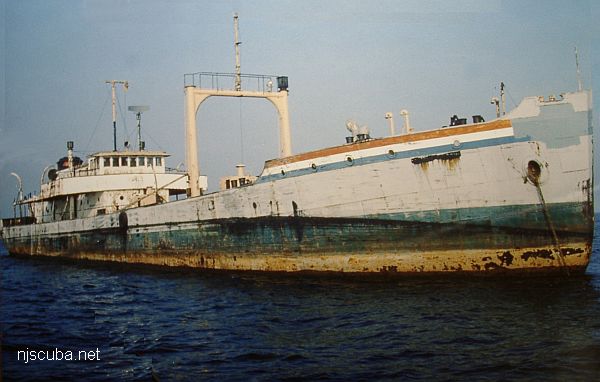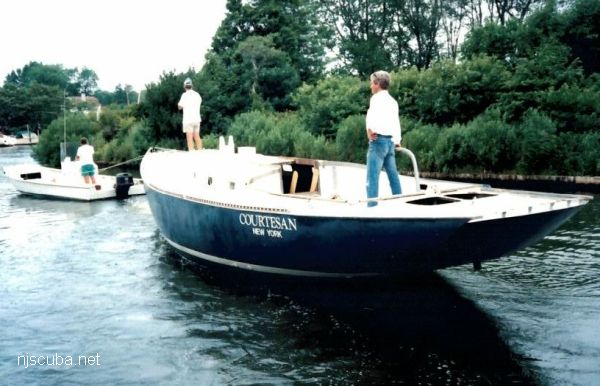
- Type:
- artificial reef, barge
- Specs:
- ( 60 x 25 ft )
- Sponsor:
- Coleman Construction Co, Fish America, Artificial Reef Association
- Sunk:
- Wednesday June 21, 1995 - Garden State North Artificial Reef
- GPS:
- 39°37.296' -74°01.214'
- Depth:
- 80 ft
More: Coleman II ...








